Russian President Vladimir Putin, now in his record fifth term, has overseen a strategic escalation in the Ukraine conflict, with a notable focus on the northeastern city of Kharkiv and its surroundings. Russian forces have intensified their offensive, pushing into border areas and capturing significant territory, including the strategically important city of Vovchansk.
A key element of this new phase in the conflict is Russia's deployment of "glide bombs," a cost-effective yet highly destructive weapon. These bombs, originally old Soviet-era munitions, have been retrofitted with wings and guided by satellite navigation systems, allowing for precise targeting at a relatively low cost. Reports indicate that Russia used at least 200 glide bombs over a seven-day period to secure Vovchansk. In March alone, Ukraine faced the impact of 3,000 such bombs.
The devastating impact of these glide bombs has been felt acutely by Ukrainian forces. Oleksiy Kharkivskyi, the police chief of Vovchansk, described the aftermath of these bombings as catastrophic, noting that they leave behind extensive destruction. The bombs' ability to accurately hit targets has made them a formidable challenge for Ukraine's defense systems.
Russia's strategy leverages the ease of manufacturing and stockpiling glide bombs, which are relatively inexpensive compared to modern missiles. Military experts estimate the cost of a glide bomb at around $30,000, while missiles offering similar performance could cost several hundred thousand dollars. These bombs are carried by aircraft, drones, or missiles, released over the target area, and guided to their destination by satellite navigation.
Professor Justin Bronk from the Royal United Services Institute highlighted the lethality of these bombs, pointing out that they have been in use since World War II. Modern glide bombs can carry significant explosive payloads, with larger models capable of carrying up to 200 kilograms of explosives.
The increased use of glide bombs poses a significant threat to Ukraine's defense. Ukrainian security analyst Maria Zolkina emphasized that these weapons allow Russia to breach Ukrainian defense lines without deploying infantry. The current missile defense systems in Ukraine are largely ineffective against glide bombs, adding a new layer of complexity to the conflict.
Zolkina also mentioned that Ukraine has evidence of a Russian factory east of Moscow producing these glide bombs, including larger variants weighing over three tons. If Russia continues to deploy these larger bombs, the impact on the conflict could be profound.
As Russia escalates its military operations with this new strategy, the situation in Ukraine remains volatile, with significant implications for both the immediate conflict and broader geopolitical stability.



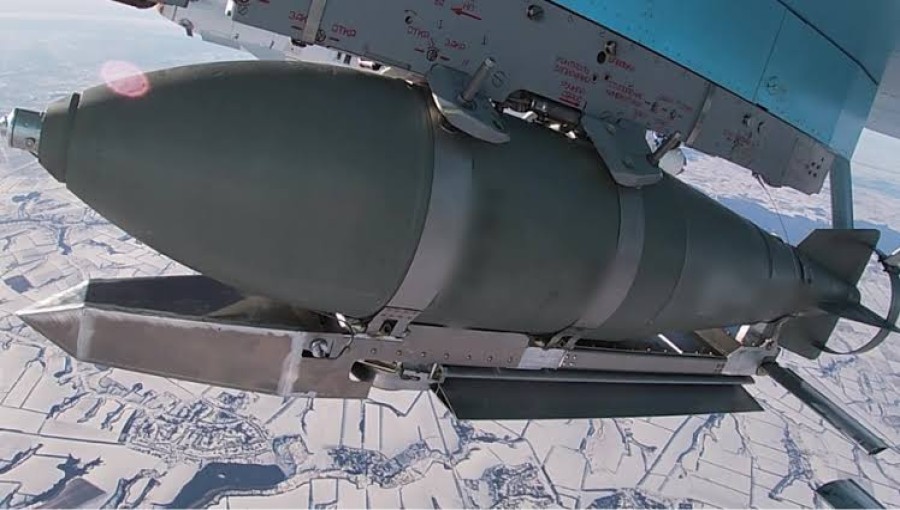
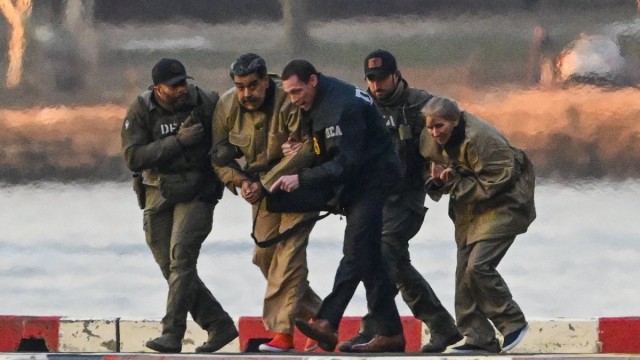


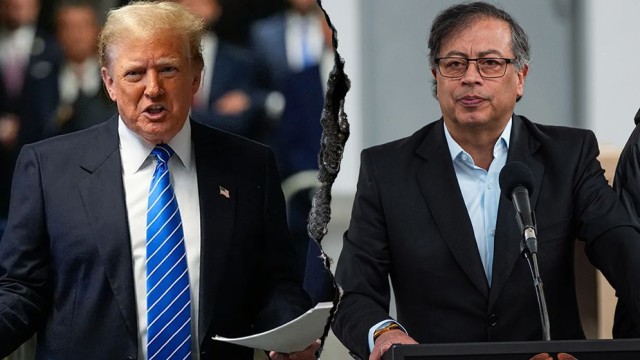

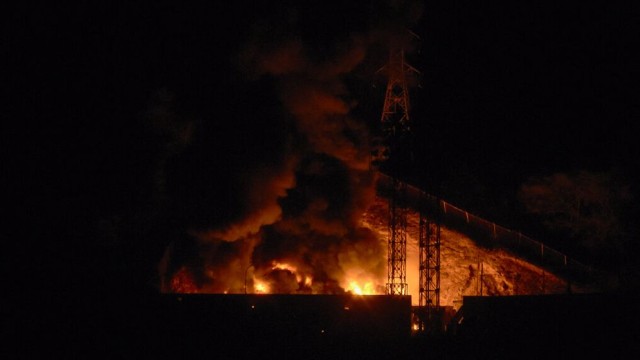












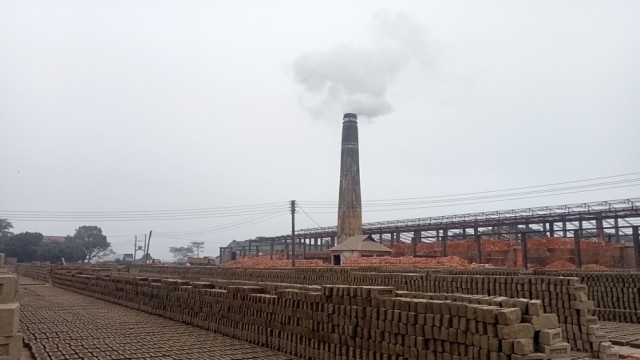
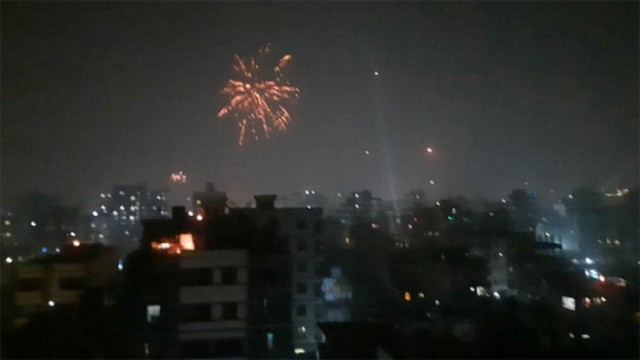





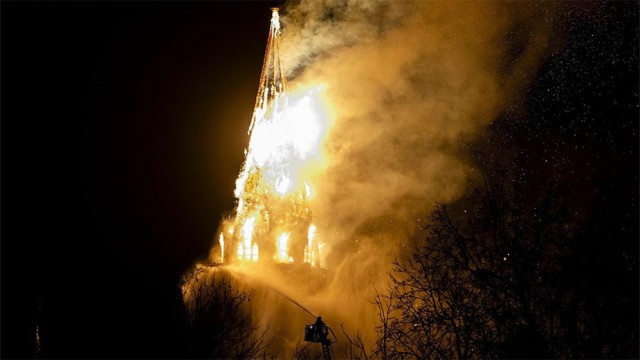
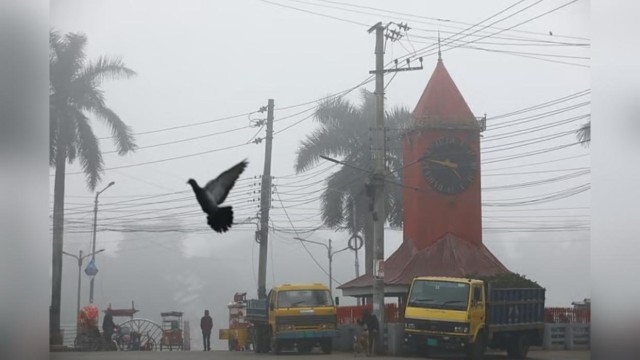
Comment: